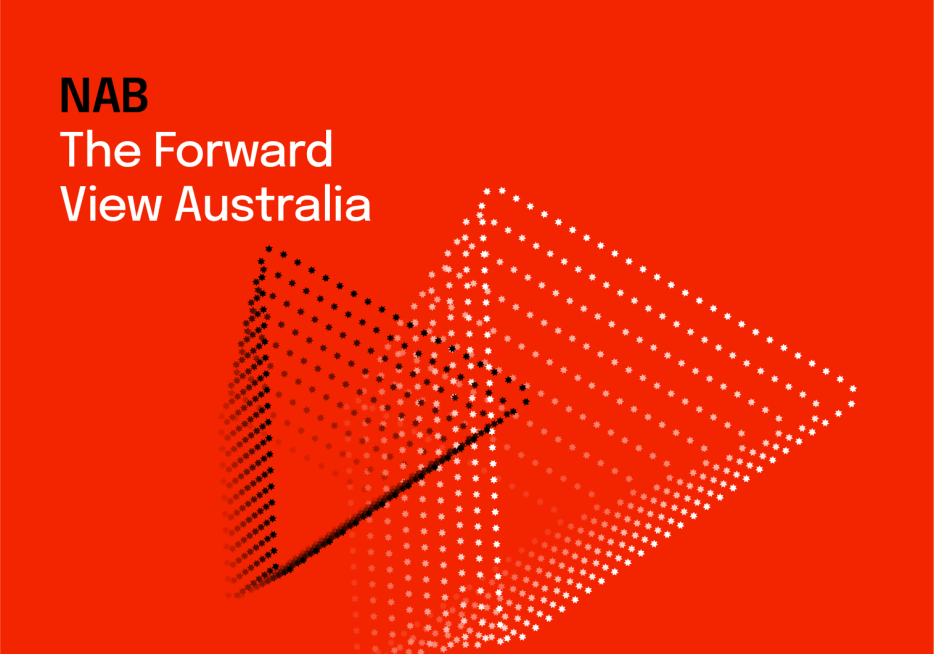Firmer consumer and steady outlook


Insight
No matter which area of the health industry you’re in, a higher or lower Australian dollar will impact on your profit margins when purchasing medical equipment or products from overseas or when recruiting staff from abroad. In the current situation, with the Australian dollar trading strongly, some GPs are buying equipment from online overseas medical […]

No matter which area of the health industry you’re in, a higher or lower Australian dollar will impact on your profit margins when purchasing medical equipment or products from overseas or when recruiting staff from abroad.
In the current situation, with the Australian dollar trading strongly, some GPs are buying equipment from online overseas medical suppliers at a fraction of the price it’d cost to buy the same products in Australia.
Despite the obvious attractions that these cheaper buying opportunities present, health businesses need to be wary of cash flow when using foreign currency, according to Ronny Jensen, Associate Director, Foreign Exchange, at NAB Wholesale Banking.
“One of the biggest financial risks facing any business is the uncertainty of its cash flows,” he explains. “This uncertainty intensifies when some of these cash flows are denominated in currencies other than the Australian dollar.
“Any currency movement will cause fluctuations in the cost of goods and services imported from overseas and in revenue attributable to sales in foreign currencies.”
Available through a foreign exchange specialist at a financial institution, the following two tools can help act as a buffer against the unpredictability of currency movements. They’re relevant when you’re buying overseas assets or recruiting from overseas for your health business and the invoice payments are quoted in foreign currencies.
So, is there such a thing as a good time to be buying foreign exchange? Unfortunately, says Jensen, you can never know for certain the best time to hedge a currency exposure.
“It’s only with hindsight that we know such information,” he adds. “In the face of this uncertainty, we can look to an array of economic data, market sentiment and historical observations to take a view on the likely future direction of a currency.
“When a currency is trading at a historical high, it’s reasonable for an importer to consider that it’s an optimum time to hedge. Equally, if the prevailing forward currency rate enables a business to lock in a satisfactory profit margin that may be eroded by currency movements if they remain unhedged, then the decision on whether to hedge or not should be relatively straightforward.
“Removing this component of risk from a business is positive and will enable the company to remain focused on core business rather than on its potential exposure to currency fluctuations.”
A rising Australian dollar may open up opportunities for importers and for service providers outsourcing parts of their business offshore, Jensen notes, but businesses must do their homework.
“Such a business strategy is predicated on the prevailing exchange rate,” he says. “It’s vital to undertake an appropriate currency hedging program to ensure that the identified profits are realised through the P&L and not eroded through adverse movements in the currency.”
To assess the viability of using options or exchange contracts in your health business, contact your NAB Health Relationship Manager or your Foreign Exchange Specialist. They can tailor a currency strategy to your business and transactional requirements, and take into account your risk profile. A well-planned currency strategy can give your health practice flexibility in cash flow and allow for a known protection rate and varying degrees of participation in favourable market movements.
© National Australia Bank Limited. ABN 12 004 044 937 AFSL and Australian Credit Licence 230686.